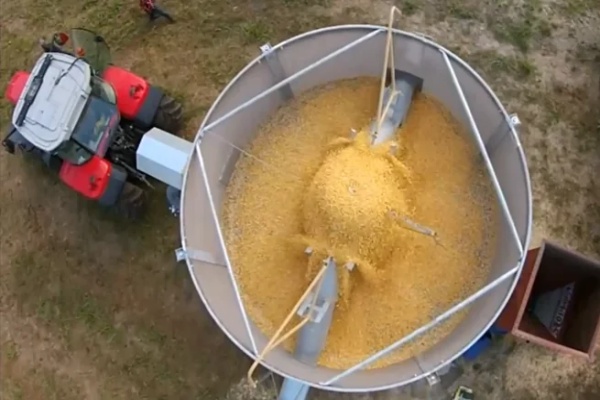Corn Drying Process
Corn is one of the most important grain crops worldwide, widely used for human consumption, livestock feed, and industrial raw materials. After harvest, corn typically has a high moisture content, and if not dried promptly, it can easily develop mold and pests during storage, leading to quality degradation or rendering it unsuitable for consumption or processing. High-moisture corn generates heat during storage, promoting mold growth, which not only affects the corn’s color and flavor but also produces toxic mycotoxins that pose health risks. Drying technology can control the moisture content of corn at an optimal level, ensuring its safe storage and stable quality.

Corn Drying Process
Before drying, harvested corn needs to undergo preliminary cleaning to remove impurities such as dirt, stalks, and leaves. Cleaned corn is easier to heat evenly, improving drying efficiency and effectiveness.
The cleaned corn is then fed into the drying equipment. Modern drying equipment typically features a large capacity design, allowing it to handle substantial quantities of corn, maximizing production efficiency. During loading, it is important to ensure that the corn is evenly distributed to achieve uniform heating and drying.
The drying equipment’s temperature and humidity settings must be adjusted based on the initial moisture content of the corn and the desired final moisture level. Typically, corn drying temperatures are maintained between 45-60 degrees Celsius, and humidity is gradually reduced until the moisture content reaches below 14% for safe storage. With an intelligent control system, the equipment can accurately adjust drying parameters, ensuring the optimal drying effect for the corn.
Corn dryers use a hot air circulation system, where hot air flows over and through the corn, rapidly evaporating moisture. The scientifically designed airflow channels and evenly distributed heat sources ensure that every kernel of corn is thoroughly dried, preventing over-drying or under-drying and reducing losses during the drying process.
After drying, the corn must be gradually cooled to prevent cracks or other damage caused by sudden cooling. The equipment controls the cooling airflow speed and temperature, allowing the corn’s temperature to gradually drop to safe levels. The cooled corn is then automatically discharged and transported to storage or packaging areas, completing the process efficiently and seamlessly.

